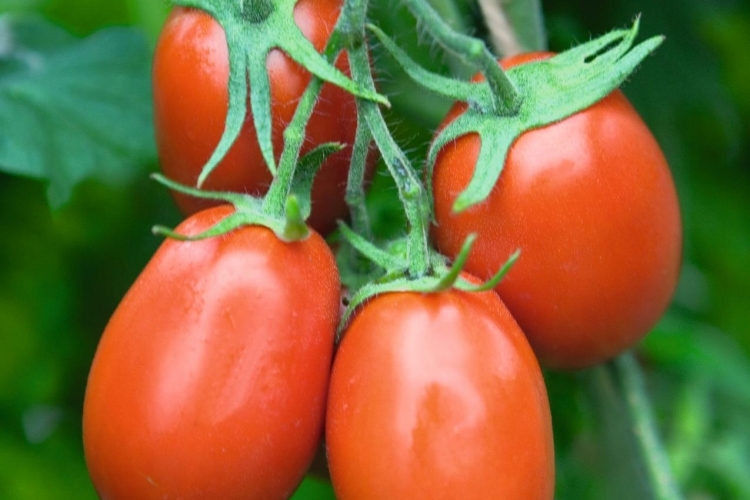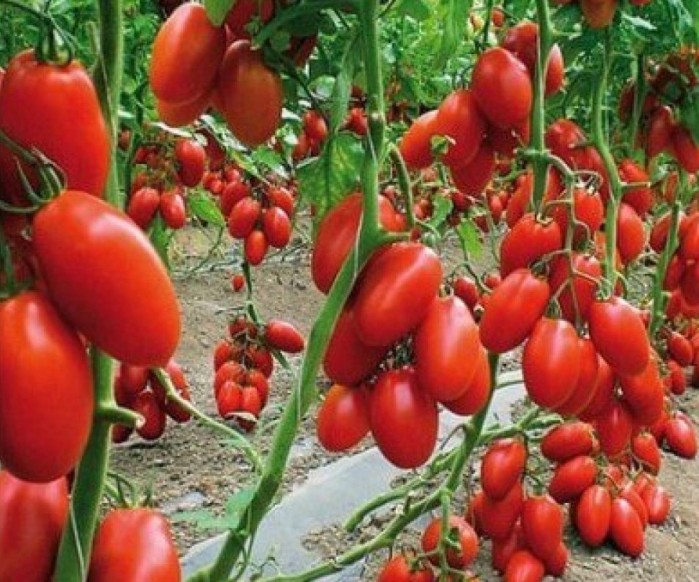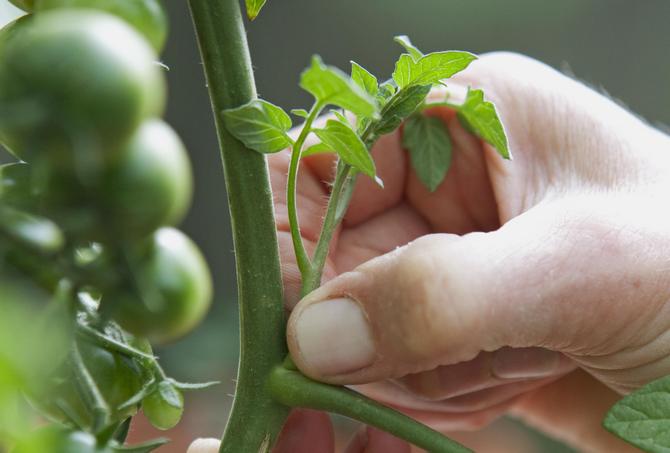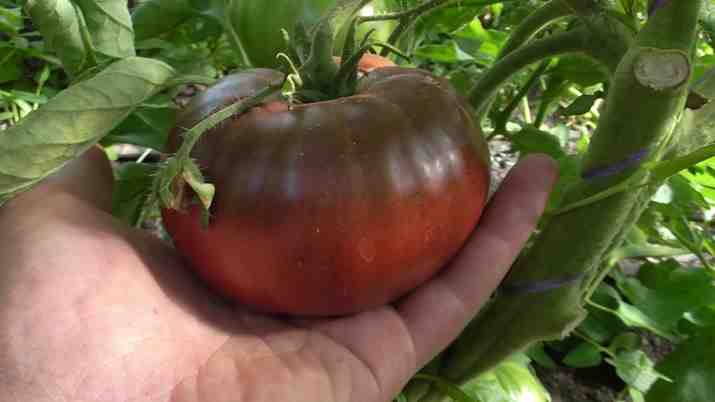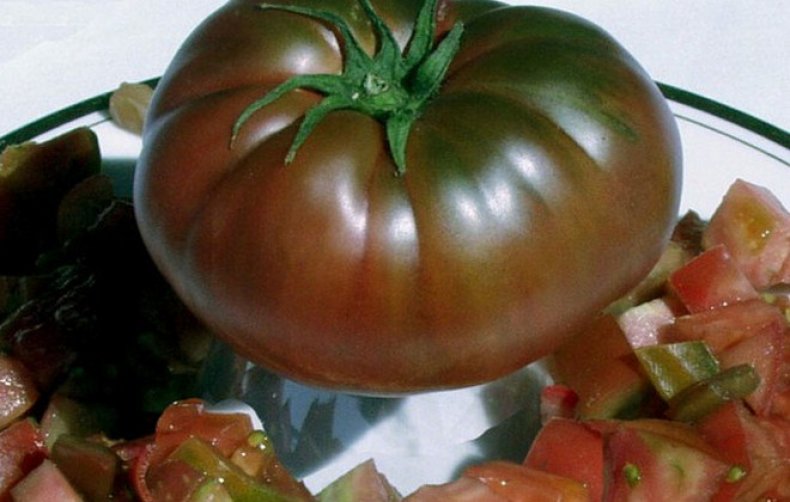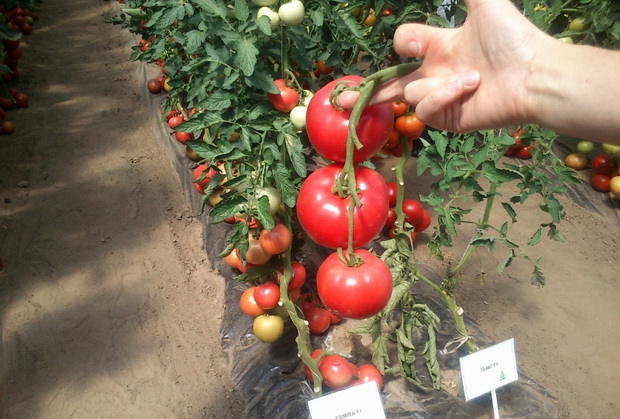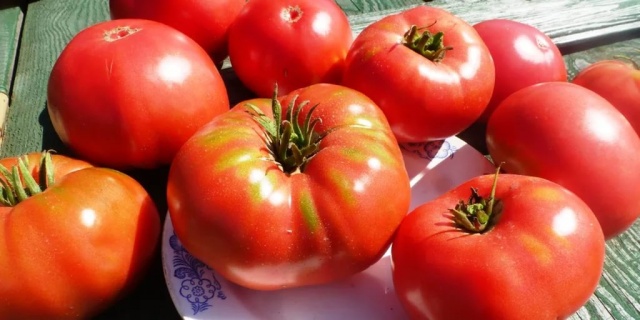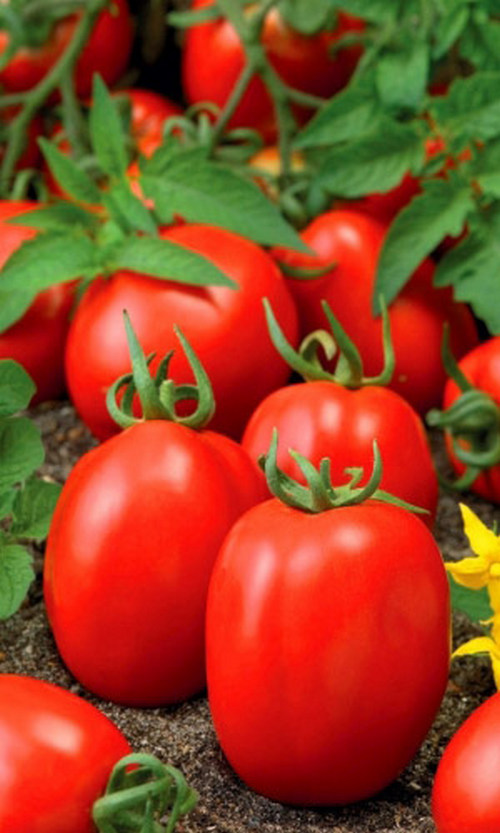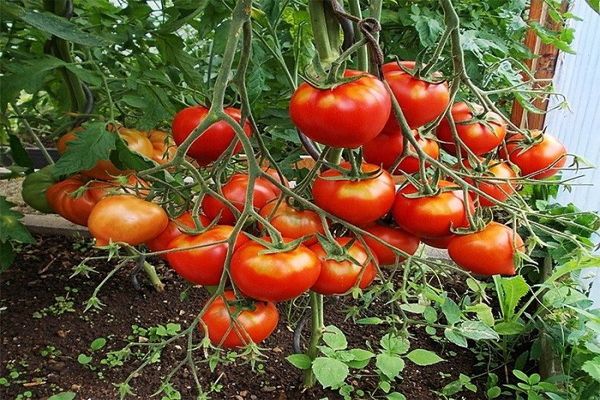Content:
Those who have at least once grown tomatoes in their garden know firsthand that this is a rather capricious vegetable. Therefore, gardeners for commercial activities or for their own consumption try to choose those varieties that give a rich harvest with minimal effort and financial costs for them. Tomato Torquay is very much appreciated among vegetable growers, which is famous not only for its yield and resistance to diseases typical of the culture, but also for its unpretentiousness.
General information about culture
The determinant Tomato Torquay was created in Holland for industrial cultivation. In Russia, this variety has been cultivated since 2007. It is recommended to grow it in the Krasnodar Territory, in the Vologda and Rostov Regions and in the Republic of Adygea in the open field. In regions with a more severe climate, the culture is grown only under a film shelter.
Torquay tomatoes are a table variety widely used in cooking. It has an amazing taste with a slight, subtle sourness. Torquay tomatoes are suitable for any home cooking, especially for canning whole fruits. They are also successfully used for the industrial production of tomato paste, juice or ketchup.
Characteristics and features of the variety
Tomato Torquay is characterized by the following characteristics and description of the variety:
- The bush is standard, neat, with dense foliage. In height, it does not exceed 1 meter, as it grows according to the determinant type, that is, until several brushes appear on it;
- The plant has a powerful branched stem and strong roots, which allows it not to be afraid of windy weather. Indeed, thanks to a strong root system, a tomato normally tolerates a lack of fertilizers in the soil and its low acidity;
- The inflorescence is simple, consists of no more than 15 flowers, the stalk is articulated;
- The plant is self-pollinated;
- Forms several multi-fruited brushes, each of which produces more than 5 fruits;
- Tomatoes have an elongated cylindrical shape;
- Average fruit length - 6 cm, weight - 70 grams;
- The pulp of tomatoes is juicy red;
- The skin is glossy, bright red. Although it is thin, it is very durable, which guarantees the safety of the vegetable during transportation;
- There are 3 seed nests inside the fruit;
- Tomato seeds are small, creamy;
- The plant belongs to medium early varieties, since its ripening period is about 120 days from the first germination of seeds to full ripeness of the fruit;
- It has a long fruiting period, which contributes to a rich yield. On average, over five kilograms of tomatoes per square meter can be harvested per season;
- This variety is resistant to many diseases: verticilliosis, root and stem rot and fusarium wilt. The only disease from which additional protection is worthwhile is late blight;
- Among insect pests, tomatoes are not afraid of roundworms (nematodes), but you should beware of whiteflies and aphids;
- Fruits can be stored for more than two weeks without losing their presentation;
- Although the variety is heat-resistant, prolonged exposure to high temperatures above 30 C leads to a deterioration in the growth of the tomato and its drying. Its optimum temperature is 12 to 30 C.
The fruits of the Torquay variety differ from other varieties of tomatoes in one feature: in addition to the usual set of vitamins, they contain a very rare and healing substance - lycopene. It significantly reduces the risk of heart disease and cancer.
Cultivation process
Seeds for seedlings are sown in March in warm and slightly crushed ground to a depth of 1 cm, then covered with foil. After that, the boxes are placed in a room with a temperature of at least + 25C. Water the seeds should be airborne, only with warm water. It is better to use ordinary wooden boxes as containers.
After the first shoots appear, the film cover can be removed, and the container with the seedlings can be transferred to another well-lit room (in the shade, the stems are unnecessarily stretched).
Immediately after the appearance of two or three leaves, you can pick the plant. It is best to plant them in individual peat pots or special boxes with recesses for plants.
The seedlings are transferred under a greenhouse shelter or into open ground on the beds (provided that the soil has warmed up to + 16C) by mid-May. It is recommended to pre-treat the seedlings with copper chloride, so you can protect the plant from fungal infections. It is better to plant a tomato in the afternoon, at this time the sun is no longer so active.
Since this variety of tomatoes grows compactly, the seedlings can be planted at a short interval (about 50 cm) in holes watered with water. After the root system of the plant has been strengthened, excess lateral shoots must be removed, leaving only 2 or 3 of the most developed stems. This procedure is called pinching. It is necessary to prevent excessive branching of the bush, as shading is formed, which leads to a slow ripening of tomatoes and increases the likelihood of diseases. Experienced gardeners recommend removing stepchildren in the morning so that the wound dries quickly.
To achieve high yields from Torquay tomatoes, it is important to follow the description of the above process for growing a crop and water, fertilize the bushes, loosen the soil, and remove weeds in a timely manner. Not only yield depends on proper care, but also the plant's immunity to various tomato diseases.
Since the Torquay variety is unpretentious, it is enough to water it 2 times a week, in contrast to the more delicate varieties. In order for the plant to better absorb nutrients from the soil, experienced gardeners advise to loosen the soil in the garden at least once every 3 weeks.
Necessary fertilizers should make by scheme three-phase feeding:
- Complex - 14 days after planting seedlings;
- Phosphorus-potassium dressing - during the mass flowering of plants;
- Complex or phosphorus-potassium - immediately after the appearance of the first fruits.
Advantages and disadvantages of the variety
Undoubted the advantages of the Torquay f1 variety are:
- Unpretentiousness, which allows you to save money on creating comfortable conditions for the plant;
- High productivity;
- Heat resistance;
- Excellent taste;
- Good transposeability;
- Long fruiting;
- Long-term storage of fruits.
The value of the variety is also that it is resistant to typical tomato diseases, which is very important. Since some types of processing vegetables on an industrial scale are not available to ordinary gardeners.
No disadvantages of this type of tomato have yet been identified.
All of the above indicators make the Torquay tomato variety an ideal option for both business and personal consumption. According to numerous reviews of gardeners, the Torquay tomato is one of the most successful hybrids that allow you to get a high yield with minimal effort.
